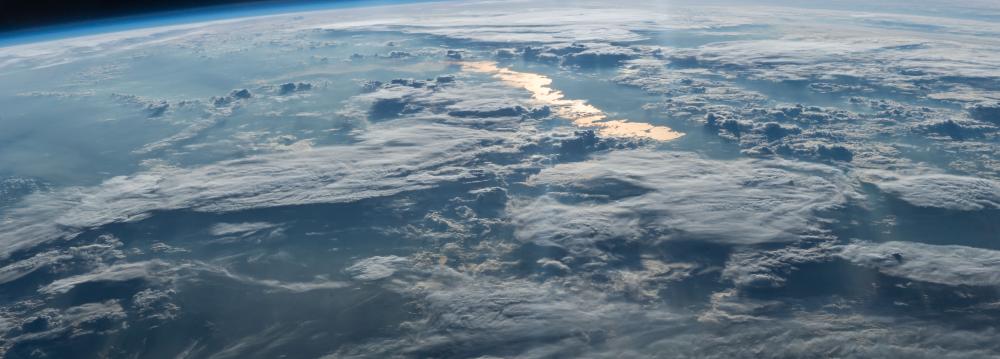Over the past 10 years, Iran has managed to phase out 9,800 tons of ozone depleting substances (ODS) as part of its commitment to the Montreal Protocol, a top official at the Department of Environment said.
Speaking at a ceremony on the occasion of the International Day for the Preservation of the Ozone Layer (Sept. 16), UN Resident Coordinator and UNDP Resident Representative Gary Lewis said Iran has demonstrated the greatest success in the region in this regard and is among the best in the world.
"As committed, Iran managed to reduce the consumption of ODSs by 15% by 2015 in cooperation with the UN Development Program, UN Industrial Development Organization, UN Environment Program and support from the government of Germany," Lewis was quoted as saying by IRNA.
The achievement has been made thanks to efforts to upgrade the systems of factories and repair shops where the substances are used in refrigerator, air-conditioner and spray production.
"Nearly 1,400 production and service units have been modified to cut the use of ODSs," Ebrahim Hajizadeh, the head of Ozone Layer Protection Program at DOE, said.
The Montreal Protocol on Substances that Deplete the Ozone Layer (a protocol to the Vienna Convention for the Protection of Ozone Layer) is an international treaty designed to protect the ozone layer by phasing out the production of substances responsible for ozone depletion. It was agreed on 16 September 1987 and entered into force on 1 January 1989.
Iran joined the protocol in 1988 after it was ratified by its parliament.
Isa Kalantari, vice president and the head of Iran's Department of Environment, also complimented the success of Iran's Ozone Layer Protection Program, hoping that it will be a model for other environmental practices in the country.
"The ozone preservation project is among the most successful global schemes, which is paying off after nearly 30 years," he said, noting that other environmental issues can also be tackled if the government and all people join forces.
More Efforts Required
Since its initiation, the protocol has undergone several revisions, the latest of which was adopted in 2016 in Kigali, Rwanda, but has not yet entered into force.
Gary Lewis called on the Iranian government to review and approve the latest revision as soon as possible.
Iran is also taking initial steps to enter the second phase of the evaluation of hydrochlorofluorocarbons phase-out projects in the refrigeration and air-conditioning manufacturing sector that was approved in the 77th meeting of the Executive Committee of Montreal Protocol's Multilateral Fund in 2016.
According to Maryam Hassani, a legal expert at the national OLPP, Iran is to enter the second phase in 2018 as scheduled.
"Plans of the first phase, including renovation of production lines, educational programs and law enforcement, will be carried out during the second phase," she said.


